GKVK
- Sateesh Narasimhaiah
- May 10, 2021
- 3 min read
Updated: May 17, 2021
The GKVK campus in Bangalore is one of the city’s little known biodiversity hotspots.
The vast grounds also play host to 50 plants, 165 bird species, 90 types of butterflies and ten species each of mammal and reptile that are unique to the area. Apart from this, there are 277 species of fungi, 53 species of mite and a patch of scrub forest which has been in existence since 1573.The campus has an enviable list of rare plants and shrubs.
The campus — spread over 167 hectares — comprises a scrub forest spread over 40 hectares, park of 28 hectares, ,spread across 14 patches, plantation and orchards in 99 hectares which are home to rare species of plants and rare butterflies. besides housing rare flora and fauna
ALL THE BELOW BIRDS CAPTURED IN GKVK- My residence backyard at Judicial Layout
Purple Sunbird-Male
The purple sunbird (Cinnyris asiaticus) is a small bird in the sunbird family found mainly in South and Southeast Asia but extending west into parts of the Arabian peninsula. Like other sunbirds they feed mainly on nectar, although they will also take insects, especially when feeding young. They have a fast and direct flight and can take nectar by hovering like a hummingbird but often perch at the base of flowers. The males can appear all black in harsh sunlight but the purple iridescence is visible on closer observation or under good light conditions. Females are olive above and yellowish below
Females are olive brown above with a yellowish underside. There is a pale supercilium beyond the eye. There is a darkish eye stripe. The throat and breast are yellow, becoming pale towards the vent. The outer tail feathers are tipped in white both in the male and female. The young are just like females in plumage, however, the males get black feathers as they become adults. They are seen in pairs or small groups and aggregations may be found in gardens with suitable flowers. They feed mainly on nectar but also take fruits and insects. Groups of as many as 40 to 50 individuals have sometimes been noted
Green bee-eater
The green bee-eater (Merops orientalis), also known as little green bee-eater, is a near passerine bird in the bee-eater family. It is resident but prone to seasonal movements and is found widely distributed across sub-Saharan Africa from Senegal and the Gambia to Ethiopia, the Nile valley, western Arabia and Asia through India to Vietnam. They are mainly insect eaters and they are found in grassland, thin scrub and forest often quite far from water. Several regional plumage variations are known and several subspecies have been named.
Drongo The drongos are a family, Dicruridae, of passerine birds of the Old World tropics. The 29 species in the family are placed in a single genus, Dicrurus. Drongos are mostly black or dark grey, short-legged birds, with an upright stance when perched. They have forked tails and some have elaborate tail decorations
The red-whiskered bulbul (Pycnonotus jocosus), or crested bulbul, is a passerine bird found in Asia. It is a member of the bulbul family. It is a resident frugivore found mainly in tropical Asia. It has been introduced in many tropical areas of the world where populations have established themselves
The Indian white-eye (Zosterops palpebrosus), formerly the Oriental white-eye, is a small passerine bird in the white-eye family. It is a resident breeder in open woodland on the Indian subcontinent. They forage in small groups, feeding on nectar and small insects. They are easily identified by the distinctive white eye-ring and overall yellowish upperparts. The range previously extended eastwards to Southeast Asia, Indonesia and Malaysia but when the taxa in these regions were assigned to other species, the English name was changed.
Scaly breasted Munia
The scaly-breasted munia or spotted munia (Lonchura punctulata), known in the pet trade as nutmeg mannikin or spice finch, is a sparrow-sized estrildid finch native to tropical Asia. A species of the genus Lonchura, it was formally described and named by Carl Linnaeus in 1758. Its name is based on the distinct scale-like feather markings on the breast and belly. The adult is brown above and has a dark conical bill. The species has 11 subspecies across their range and differ slightly in size and color.
Paradise Flycatcher
The paradise flycatchers are a genus of birds in the family Monarchidae. The genus ranges across Africa and Asia, as well as a number of islands. A few species are migratory, but the majority are resident. The most telling characteristic of the genus is the long tail streamers of the males of many species.






















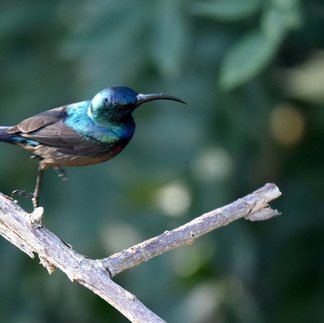








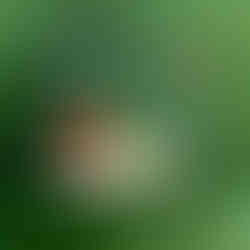










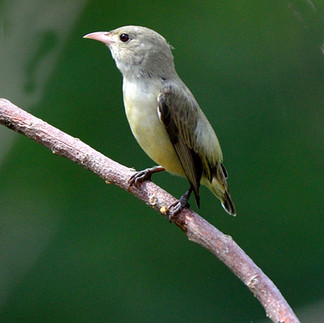













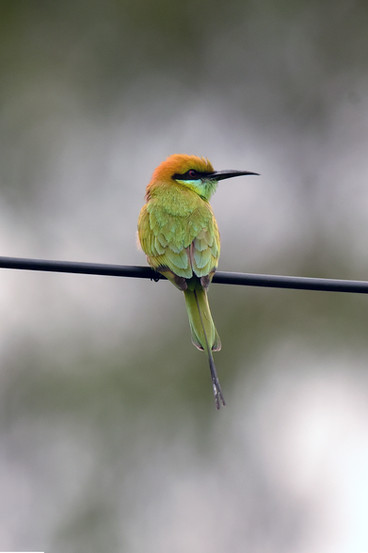







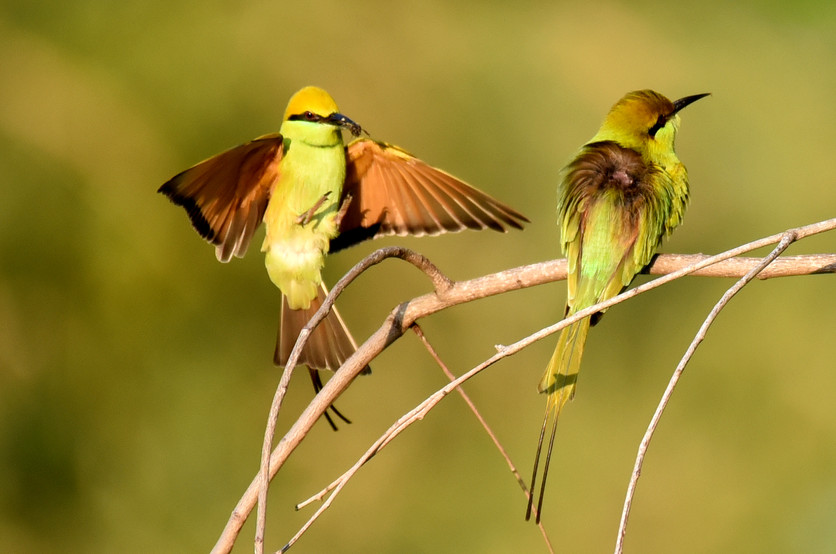



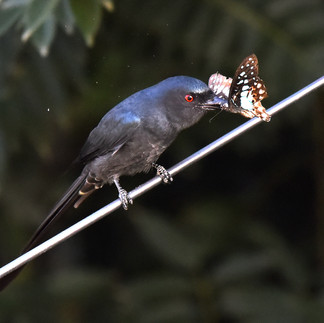























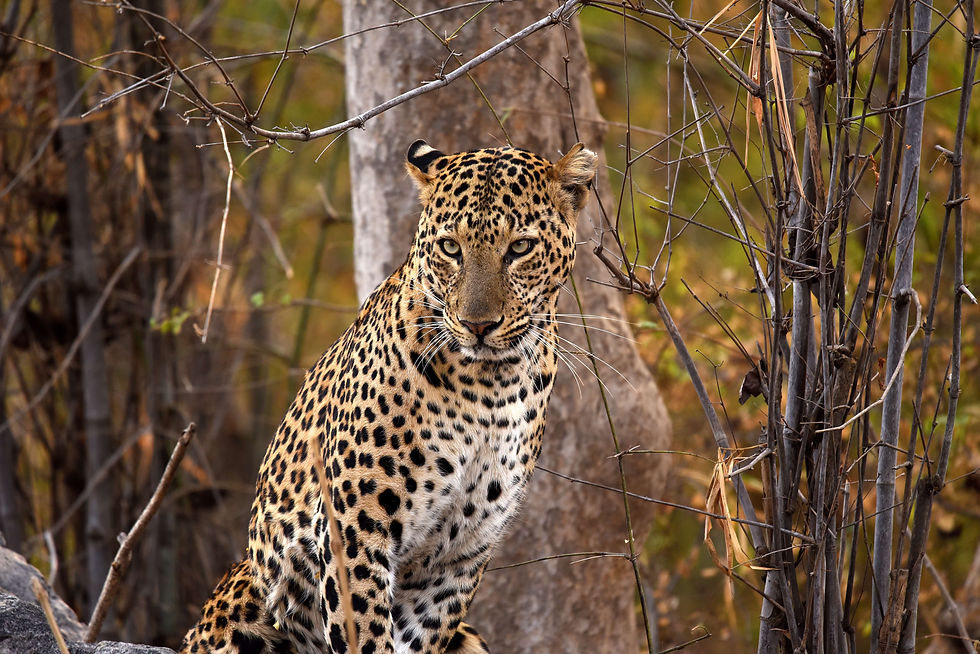

Comments